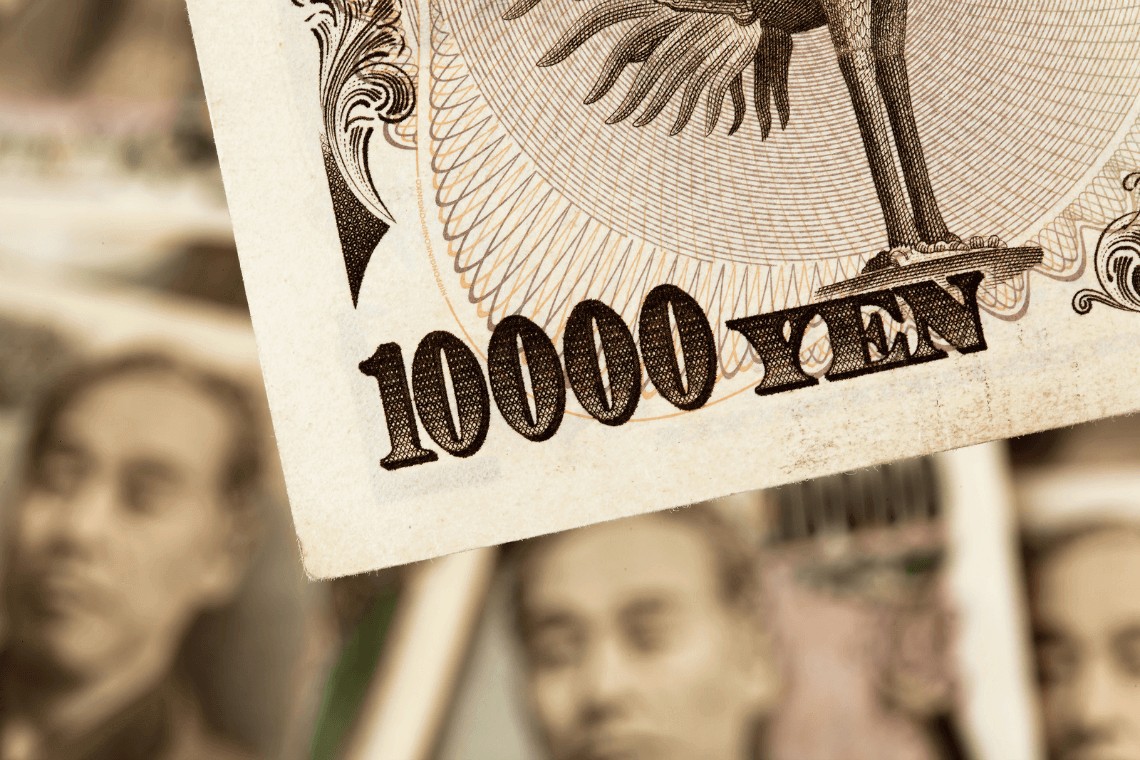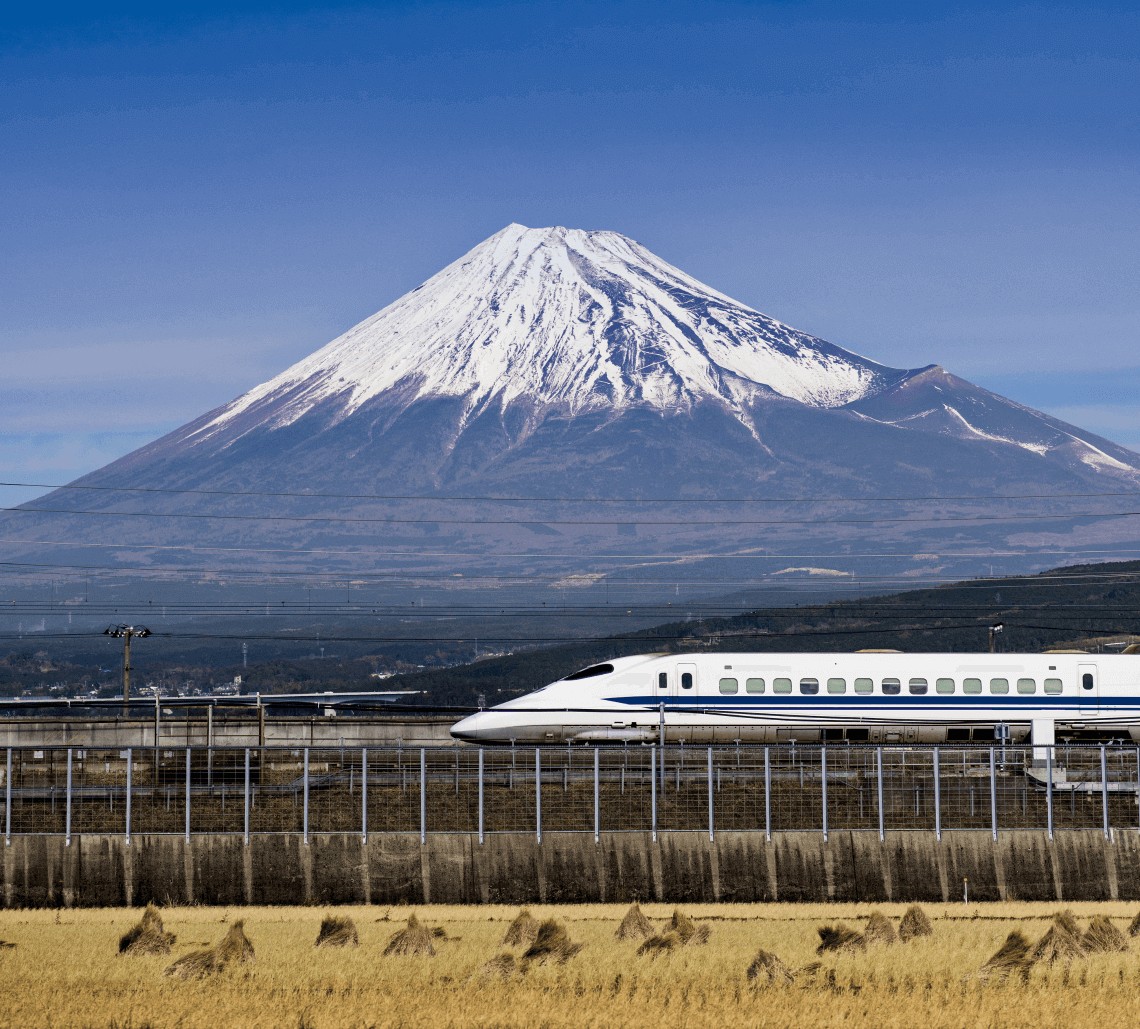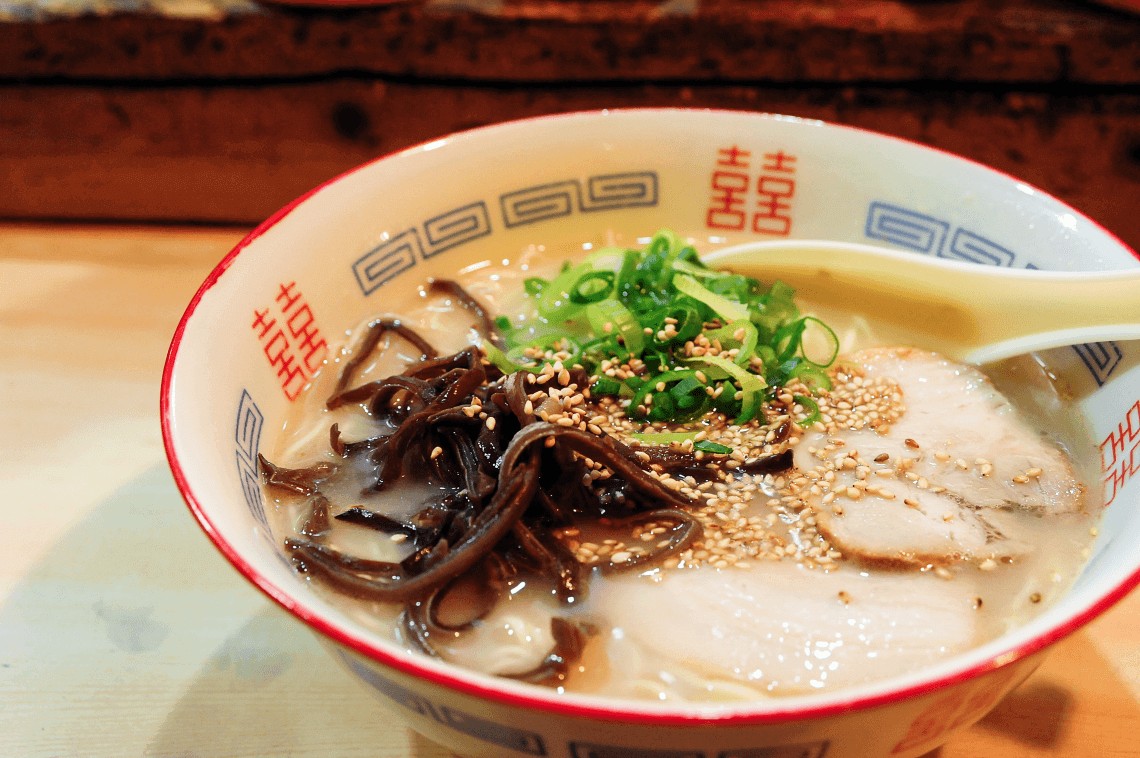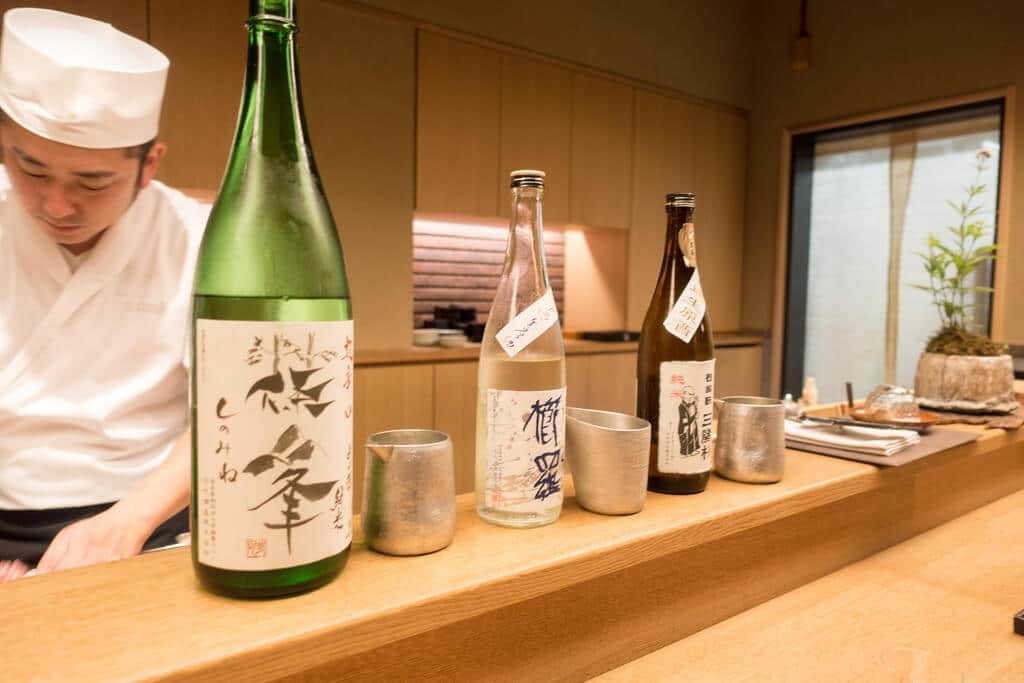Is Japan Expensive To Travel? Exploring Japan doesn’t have to break the bank; with careful planning and savvy choices, a trip to this captivating country can be surprisingly affordable. TRAVELS.EDU.VN offers tailored travel experiences to Japan that accommodate a variety of budgets, revealing that while certain aspects can be pricey, there are numerous ways to enjoy the Land of the Rising Sun without overspending. From budget-friendly accommodations to economical dining options and efficient transportation, discover how to make your Japanese adventure both memorable and affordable, ensuring a rich cultural immersion without financial strain. Let’s explore Japan’s cost-effectiveness, budget travel tips, and affordable tourism, ensuring your dream trip is within reach.
1. Dispelling the Myth: The Real Cost of Traveling to Japan
Japan has long been perceived as an expensive destination, a reputation rooted in the economic bubble of the 1980s. However, the reality today is far more nuanced. While some costs are undeniably higher compared to Southeast Asian countries like Thailand or Vietnam, Japan often proves more affordable than Scandinavian countries, Australia, or even Singapore. This section breaks down the common misconceptions and provides a realistic overview of the expenses you can expect.
1.1. Historical Context: Why Japan Was Considered Expensive
During the 1980s, Japan’s booming economy led to inflated prices, solidifying its image as a pricey destination. Land prices soared, and the cost of goods and services reached exorbitant levels. This historical period significantly contributed to the perception that Japan is inherently expensive.
1.2. The Current Reality: A More Affordable Destination
In recent decades, Japan’s economic stagnation has led to more reasonable pricing. While some luxury experiences remain costly, budget-friendly options have become increasingly available, making Japan accessible to a wider range of travelers.
1.3. Tailoring Your Trip to Your Budget
One of the remarkable aspects of Japan is its adaptability to different budgets. Whether you’re seeking a luxurious getaway or a cost-effective adventure, Japan offers options to suit your financial preferences. This flexibility allows you to control your spending and customize your experience.
2. Essential Expenses: A Detailed Breakdown of Costs
Understanding the specific costs associated with traveling in Japan is crucial for effective budgeting. This section provides a detailed breakdown of expenses, including food, transportation, accommodation, and activities, offering practical insights into how much you can expect to spend.
2.1. Food: From Michelin Stars to Budget Eats
The culinary scene in Japan is diverse, ranging from Michelin-starred restaurants to affordable street food. While indulging in a high-end sushi experience can cost upwards of ¥30,000 per person, a delicious and simple bowl of soba or udon noodles can be enjoyed for around ¥500.
- Budget Options: Onigiri (rice balls) from a conbini (convenience store) at ¥200, pastries at a bakery for ¥400, or a bowl of ramen for ¥1,200.
- Mid-Range Options: A lunch set (teishoku) with fish, miso soup, rice, tea, and pickled vegetables for approximately ¥1,400, or an inexpensive sushi meal for ¥3,000.
- High-End Dining: Dinner and drinks at a quality izakaya (Japanese pub) for around ¥7,000 or a premium dining experience costing significantly more.
 Onigiri from a conbini in Japan offering a budget-friendly food option for travelers
Onigiri from a conbini in Japan offering a budget-friendly food option for travelers
2.2. Drinks: From Tea to Specialty Coffee
The cost of beverages in Japan varies widely. Tea is often provided free with meals, while specialty coffee and alcoholic drinks come at a premium.
- Tea: Often free with meals.
- Basic Coffee: ¥300
- Specialty Coffee: ¥600
- Draft Beer at an izakaya: ¥700
- Glass of Sake: ¥800
- Glass of Wine: ¥1,500 or more
2.3. Transportation: Navigating Japan Efficiently
Japan’s transportation system is renowned for its efficiency and cleanliness. While traveling by bullet train (shinkansen) can be costly, local trains and buses offer more affordable alternatives.
- Local Train or Subway Ride in Tokyo: ¥300
- Bus Ride in Kyoto: ¥300
- Taxi Fare in Central Tokyo: ¥3,000
- Taxi Fare in Central Kyoto: ¥2,000
- Bike or E-Bike Rental: ¥2,500 per day
- Standard Class Shinkansen from Tokyo to Kyoto: ¥14,000
- First Class (Green Car) Shinkansen from Tokyo to Kyoto: ¥19,000
 Shinkansen passing Mount Fuji providing efficient transportation for Japan travel
Shinkansen passing Mount Fuji providing efficient transportation for Japan travel
2.4. Accommodation: Finding the Right Fit for Your Budget
Accommodation costs in Japan can fluctuate significantly based on the level of luxury and the season. Peak seasons like the cherry blossom season are particularly expensive.
- Budget Hotel: ¥10,000 per night
- Mid-Range Hotel: ¥30,000 per night
- Boutique Hotel: ¥50,000 per night
- Luxury Hotel: ¥100,000 per night
- Luxury Ryokan (Traditional Inn): ¥50,000-100,000 per person per night
2.5. Entrance Fees and Tickets: Exploring Cultural Sites
Many temples and shrines in Japan are free to enter, while others charge a nominal fee. Overall, entrance fees are generally reasonable, making it affordable to explore Japan’s cultural heritage.
3. Practical Tips for Traveling on a Budget in Japan
Traveling to Japan on a budget requires careful planning and savvy decision-making. This section offers practical tips and strategies to help you minimize costs without compromising your experience.
3.1. Utilize Public Transportation
Japan has an extensive and efficient public transportation system. Using trains and buses instead of taxis can save significant money. Consider purchasing a Japan Rail Pass if you plan to travel extensively by shinkansen.
3.2. Eat Like a Local
Explore local eateries and try regional specialties. Eating at conbini or enjoying a bowl of ramen provides a delicious and affordable dining experience. Look for lunch sets (teishoku) that offer a variety of dishes at a reasonable price.
3.3. Choose Accommodation Wisely
Opt for budget-friendly accommodations such as hostels, guesthouses, or business hotels. Consider staying in locations slightly outside the city center to save on costs.
3.4. Take Advantage of Free Activities
Many temples, shrines, and parks offer free admission. Exploring these cultural sites can provide a rich and immersive experience without straining your budget.
3.5. Travel During the Off-Season
Traveling during the off-season can result in significant savings on accommodation and transportation. Avoid peak seasons like cherry blossom season and Golden Week to find better deals.
4. Navigating Regional Price Variations
Prices in Japan can vary significantly depending on the region. Major cities like Tokyo and Kyoto tend to be more expensive than smaller towns and rural areas.
4.1. Tokyo: The Epicenter of Modern Japan
Tokyo, as the capital and largest city, is generally more expensive. Accommodation, dining, and entertainment costs are higher compared to other regions. However, Tokyo also offers a wide range of budget-friendly options, including affordable eateries and public transportation.
4.2. Kyoto: The Heart of Traditional Japan
Kyoto, known for its historical sites and traditional culture, can also be pricey, especially during peak tourist seasons. However, similar to Tokyo, Kyoto provides options for budget travelers, such as affordable guesthouses and local restaurants.
4.3. Rural Areas: Discovering Hidden Gems at Lower Costs
Exploring rural areas in Japan can offer a more affordable and authentic experience. Accommodation and dining costs are generally lower, and you can immerse yourself in the local culture without breaking the bank.
5. Case Studies: Budgeting for Different Travel Styles
To illustrate how you can tailor your trip to your budget, this section presents case studies for different travel styles, providing realistic cost estimates and practical tips.
5.1. The Backpacker’s Budget: Minimalist Travel
For budget-conscious backpackers, Japan can be explored on a shoestring. Staying in hostels, eating at conbini, and utilizing local transportation can keep costs to a minimum.
- Accommodation: Hostels (¥3,000-¥5,000 per night)
- Food: Conbini meals and ramen (¥1,500-¥2,500 per day)
- Transportation: Local trains and buses (¥500-¥1,000 per day)
- Activities: Free temples, shrines, and parks (¥0-¥500 per day)
- Daily Total: ¥5,000-¥9,000
5.2. The Mid-Range Traveler: Comfort and Value
For travelers seeking a balance between comfort and affordability, mid-range hotels and local restaurants offer a satisfying experience without excessive spending.
- Accommodation: Mid-range hotels (¥10,000-¥15,000 per night)
- Food: Local restaurants and lunch sets (¥3,000-¥5,000 per day)
- Transportation: Combination of local and shinkansen (¥1,000-¥3,000 per day)
- Activities: Temples, shrines, and museums (¥1,000-¥2,000 per day)
- Daily Total: ¥15,000-¥25,000
5.3. The Luxury Traveler: Indulgence and Exclusivity
For those seeking a luxurious experience, Japan offers high-end hotels, gourmet dining, and exclusive activities.
- Accommodation: Luxury hotels and ryokan (¥50,000+ per night)
- Food: Gourmet restaurants and fine dining (¥10,000+ per day)
- Transportation: Taxis and first-class shinkansen (¥5,000+ per day)
- Activities: Exclusive tours and experiences (¥5,000+ per day)
- Daily Total: ¥70,000+
6. Debunking Common Myths About Travel Costs in Japan
Several misconceptions contribute to the perception that Japan is prohibitively expensive. This section addresses these myths and provides accurate information to help you plan your trip.
6.1. Myth: Japan is Only for the Wealthy
Reality: While luxury experiences are available, budget-friendly options make Japan accessible to a wide range of travelers. Careful planning and savvy choices can significantly reduce costs.
6.2. Myth: Food is Always Expensive
Reality: While high-end dining can be pricey, affordable and delicious food options are abundant. Conbini, ramen shops, and local eateries offer budget-friendly meals.
6.3. Myth: Transportation is Prohibitively Costly
Reality: While shinkansen travel can be expensive, local trains and buses provide affordable alternatives. A Japan Rail Pass can be a cost-effective option for extensive travel.
 Tonkotsu ramen offering a delicious and affordable food experience in Japan
Tonkotsu ramen offering a delicious and affordable food experience in Japan
7. Seasonality and Special Events: Impact on Travel Costs
Travel costs in Japan are significantly influenced by seasonality and special events. Peak seasons and popular festivals can drive up prices, while off-season travel offers better deals.
7.1. Cherry Blossom Season: A Popular but Expensive Time
Cherry blossom season (late March to early April) is one of the most popular times to visit Japan. However, accommodation and transportation costs are significantly higher due to increased demand.
7.2. Golden Week: A Series of National Holidays
Golden Week (late April to early May) is a series of national holidays when many Japanese travel. This results in higher prices and crowded attractions.
7.3. Off-Season Travel: Better Deals and Fewer Crowds
Traveling during the off-season (e.g., late fall or early winter) can offer better deals on accommodation and transportation. You’ll also encounter fewer crowds at popular attractions.
8. Unique Experiences: Balancing Cost and Value
Japan offers a plethora of unique experiences that are worth considering when planning your trip. Balancing cost and value ensures you enjoy memorable activities without overspending.
8.1. Cultural Immersion: Tea Ceremonies and Traditional Arts
Participating in a tea ceremony or attending a traditional arts performance provides a deep cultural immersion. While these experiences may come at a cost, they offer unique insights into Japanese culture.
8.2. Nature and Outdoor Activities: Hiking and Onsen
Exploring Japan’s natural beauty through hiking or relaxing in an onsen (hot spring) can be both affordable and rewarding. Many hiking trails are free, and public onsen offer reasonable prices.
8.3. Local Festivals: Immersing Yourself in Community Events
Attending local festivals provides an authentic cultural experience. Many festivals are free to attend, and you can immerse yourself in the local community without spending much money.
9. The Benefits of Booking with TRAVELS.EDU.VN
Planning a trip to Japan can be overwhelming, especially when trying to balance costs and experiences. TRAVELS.EDU.VN offers a range of services designed to make your trip planning easier and more affordable.
9.1. Tailored Travel Packages: Customized to Your Budget
TRAVELS.EDU.VN offers tailored travel packages that are customized to your budget and preferences. Whether you’re seeking a luxurious getaway or a budget-friendly adventure, our experts can create a personalized itinerary that meets your needs.
9.2. Expert Advice: Insider Tips and Local Knowledge
Our team of travel experts provides insider tips and local knowledge to help you make the most of your trip. We can offer recommendations on affordable accommodations, dining options, and activities.
9.3. Hassle-Free Planning: Let Us Handle the Details
Planning a trip to Japan can be time-consuming. TRAVELS.EDU.VN handles all the details, from booking accommodations and transportation to arranging tours and activities. This allows you to relax and enjoy your trip without the stress of planning.
9.4. 24/7 Support: Assistance Whenever You Need It
TRAVELS.EDU.VN provides 24/7 support to assist you whenever you need it. Whether you have questions about your itinerary or need assistance during your trip, our team is available to help.
 Sampling sake showcasing a unique cultural experience in Japan
Sampling sake showcasing a unique cultural experience in Japan
10. Call to Action: Start Planning Your Affordable Japan Adventure Today
Ready to experience the beauty and culture of Japan without breaking the bank? Contact TRAVELS.EDU.VN today to start planning your affordable Japan adventure. Our team of experts is ready to create a personalized itinerary that meets your budget and preferences.
10.1. Contact Us for a Free Consultation
Contact TRAVELS.EDU.VN for a free consultation. We’ll discuss your travel goals and budget and provide recommendations on how to make your dream trip a reality.
10.2. Book Your Trip with Confidence
Book your trip with confidence knowing that TRAVELS.EDU.VN is committed to providing exceptional service and value. We’ll handle all the details, so you can relax and enjoy your Japan adventure.
10.3. Visit Our Website for More Information
Visit TRAVELS.EDU.VN for more information about our services and travel packages. Explore our website to find inspiration and start planning your affordable Japan adventure today.
Contact Information:
- Address: 123 Main St, Napa, CA 94559, United States
- WhatsApp: +1 (707) 257-5400
- Website: TRAVELS.EDU.VN
FAQ: Frequently Asked Questions About Travel Costs in Japan
1. Is Japan really that expensive to travel to?
Japan can be perceived as expensive, but with careful planning, it can be surprisingly affordable. Budget-friendly options are available for accommodation, food, and transportation.
2. How much does it cost to travel to Japan for 2 weeks?
The cost varies depending on your travel style. A backpacker might spend ¥70,000-¥126,000, while a mid-range traveler might spend ¥210,000-¥350,000.
3. What is the cheapest month to travel to Japan?
The cheapest months are typically late fall (November) and early winter (December), excluding holiday periods.
4. How can I save money on accommodation in Japan?
Consider staying in hostels, guesthouses, or business hotels. Look for accommodations slightly outside the city center for better deals.
5. What are some affordable food options in Japan?
Conbini meals, ramen shops, and local eateries offer delicious and affordable food options. Look for lunch sets (teishoku) for variety at a reasonable price.
6. Is the Japan Rail Pass worth it?
The Japan Rail Pass can be cost-effective if you plan to travel extensively by shinkansen. Evaluate your itinerary to determine if the pass is a worthwhile investment.
7. How much should I budget for food per day in Japan?
A budget traveler might spend ¥1,500-¥2,500 per day on food, while a mid-range traveler might spend ¥3,000-¥5,000.
8. Are entrance fees to temples and shrines expensive?
Many temples and shrines are free to enter, while others charge a nominal fee. Overall, entrance fees are generally reasonable.
9. What are some free activities to do in Japan?
Explore temples, shrines, parks, and attend local festivals. Many of these activities are free and offer a rich cultural experience.
10. How can TRAVELS.EDU.VN help me plan an affordable trip to Japan?
travels.edu.vn offers tailored travel packages, expert advice, and hassle-free planning to help you make the most of your budget. Contact us today for a free consultation.
